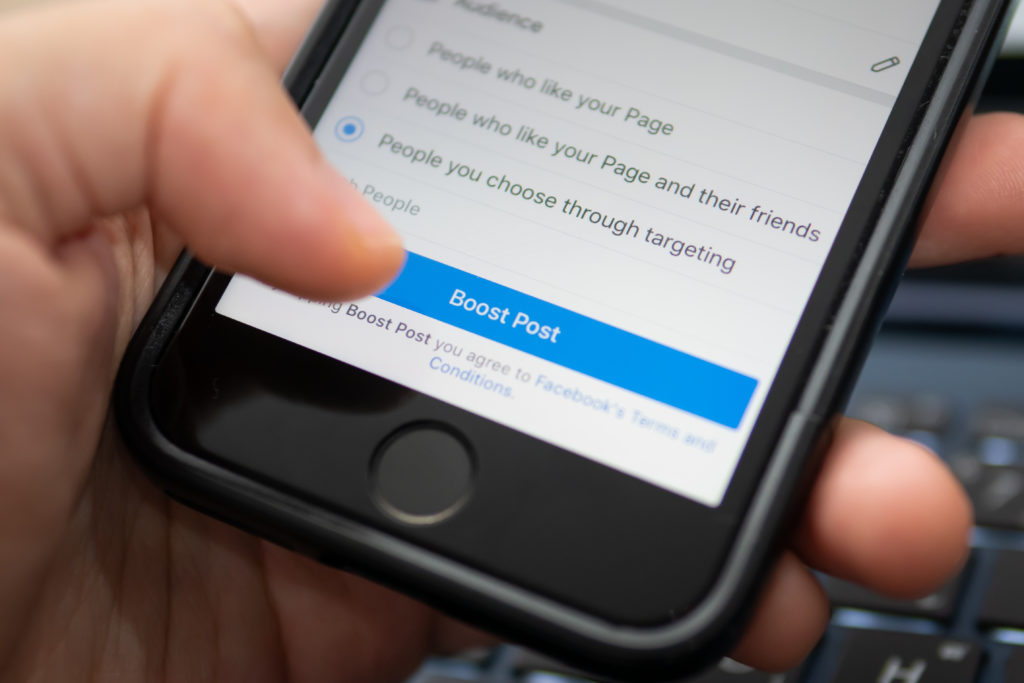You sit down at your desk to write a Facebook ad…and that’s when you realize: you have no idea what to write. Well, with our Facebook ad formulas for coaching businesses this belongs to the past!
You are unsure where to start, which information to include, and what to remove. And to top things off, Facebook is giving you trouble with their strict advertising guidelines.
Writing great Facebook ads isn’t so easy if you aren’t a professional copywriter or marketing expert. But in this article, we want to show you 3 Facebook ad formulas that are timeless and work.
Rely on the 5 winning Facebook ad formulas every time you hit writer’s block.
Facebook Ad Formula #1 – Problem, Agitate, Solve (but with a twist)
The first of the Facebook ad formulas for coaching businesses we want to show you is Problem, Agitate, Solve (PAS). The PAS formula is probably the most used copywriting formula. Why do so many people use it? Because it works.
Now the thing is, when you want to use it on Facebook, you have to tweak a few things. That’s because Facebook wants its users to have a good time. If you go too deep into the pain points of your audience, they won’t have a good time.
So, for successful Facebook ads let’s adjust problem, agitate, solve to: Experience, Transformation, Inspiration.
Here is how it works: start by talking about an experience that was kind of negative (just make sure you don’t go too deep on negative emotions). Then explain how you or another person was able to overcome this experience – which is because of your product or service – and show how their lives transformed because of that. And finally, inspire the reader and encourage them to do the same.
Ad Formula #2 – Story Ad
Another great way to promote something on Facebook is by telling a first-person story. If you tell a story, you can talk about pain points without Facebook giving you trouble for it.
What’s more, the effectiveness of stories in advertising has been researched. For example, Keith Queensbury of the John Hopkins University analyzed 108 Super Bowl ads. What he found was that the structure of an ad was more important than the content. Telling a story always worked better than a list of features.
The best type of stories to tell in your ads are transformational stories from your customers. Where has your customer been before they bought your product or service? And what has changed after they used your product or service?
Then relate the story back to the reader: anyone who is in a similar situation to your customer can benefit from buying from you.
Ad Formula #3 – Competitive Ad
When you decide to write a competitive ad, you want to show how your product or service is different from the competition.
You can start by talking about the usual advice that your competitors give, then you subtly debunk that advice. Don’t be too aggressive here but bring some arguments why their solutions don’t work as well as one might think.
Then, talk about how your solution is different and how it works.
Ad Formula #4 – Empathy Ad
People want to feel understood – and that’s exactly what the empathy ad is about.
It’s a bit similar to the story ad but more focused on showing that you understand what the reader is going through right now. This creates trust between the reader and you, and once they trust you they are more likely to buy.
Ad Formula #5 – Direct Offer
Sometimes, the best thing you can do is to directly describe your offer and whom it is for. This approach is very direct and perfect for niches where the target audience doesn’t have much time to read a longer ad (usually the B2B sector).
When you write a direct offer ad, start by calling out the audience (for example: “attention course creators…”) and then tell them what you can do for them. Simple, right?
Discover 300+ Facebook Ad Templates
We hope that these 5 ad templates will help you to never face writer’s block ever again. But, if you foresee that you’ll be writing more than 5 ads in your life, you might want to give Instant Scripts™ a try.
Inside Instant Scripts™ we collected 300+ Facebook ads templates ready to use. All you need to do is fill in some blanks.
Not only does that help with any writer’s block, but it’s also a massive time saver.





